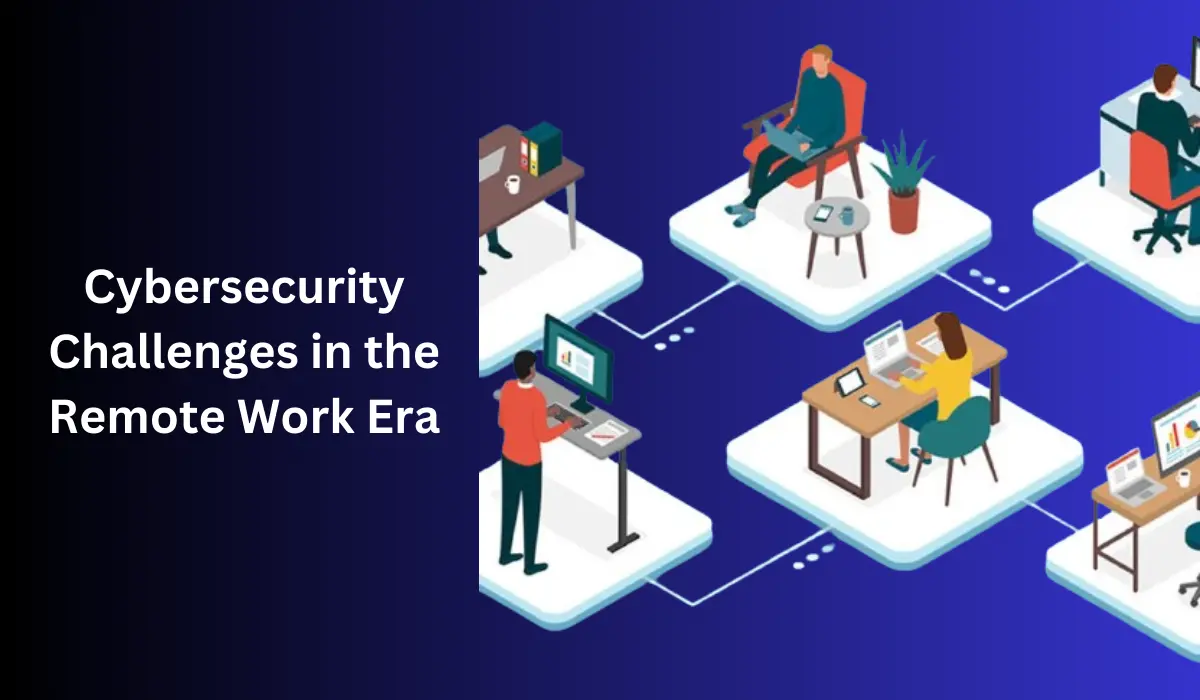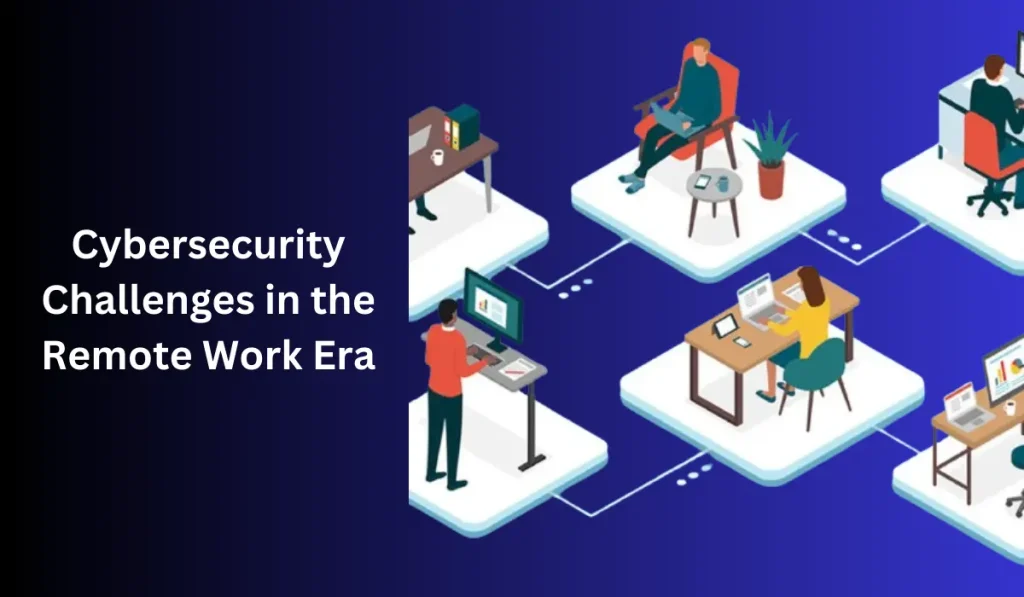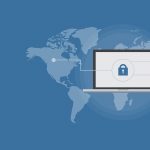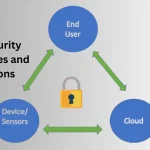In the wake of the COVID-19 pandemic, remote work has emerged as the new norm for businesses worldwide. While this shift has brought about newfound flexibility and efficiency, it has also presented significant cybersecurity challenges. As employees access company systems and data from disparate locations, the attack surface has expanded, making organizations more vulnerable to cyber threats. In this article, we talk about the key cybersecurity challenges in the remote work era and explore strategies to mitigate risks effectively.
Understanding Cybersecurity
In today’s interconnected world, where digital technologies permeate every aspect of our lives, cybersecurity has become a critical concern for individuals, businesses, and governments alike. Understanding cybersecurity involves grasping the complexities of protecting digital assets, data, and systems from malicious actors who seek to exploit vulnerabilities for financial gain, espionage, or disruption. In this article, we delve into the fundamental concepts of cybersecurity, its importance, and strategies for mitigating cyber threats.
Cybersecurity encompasses the practices, technologies, and processes designed to safeguard digital assets, including computers, networks, data, and software, from unauthorized access, cyber-attacks, and data breaches. It involves protecting the confidentiality, integrity, and availability of information in cyberspace, ensuring that individuals and organizations can operate safely and securely in the digital realm.
The Importance of Cybersecurity:
Protection of Data: Data is a valuable asset for individuals and organizations alike, and protecting it against unauthorized access and theft is paramount. Cybersecurity measures help prevent data breaches, ensuring the confidentiality and privacy of sensitive information.
Preservation of Trust: Trust is foundational to digital interactions, whether between businesses and customers or governments and citizens. Cybersecurity instills confidence by safeguarding digital transactions, communications, and interactions, thereby preserving trust in the digital ecosystem.
Business Continuity: Cyber attacks can disrupt business operations, leading to financial losses, reputational damage, and legal liabilities. Effective cybersecurity measures help ensure business continuity by mitigating the impact of cyber incidents and minimizing downtime.
National Security: In an era of cyber warfare and espionage, cybersecurity plays a crucial role in protecting national interests and critical infrastructure from cyber threats posed by hostile actors, foreign governments, and cybercriminal organizations.
Key Components of Cybersecurity:
Risk Management: Cybersecurity begins with identifying, assessing, and prioritizing risks to digital assets and systems. Through risk management processes, organizations can make informed decisions about allocating resources and implementing security controls to mitigate identified risks effectively.
Access Control: Access control mechanisms, such as authentication, authorization, and encryption, restrict access to sensitive data and resources, ensuring that only authorized users can access them. By enforcing least privilege principles, organizations can minimize the risk of unauthorized access and privilege escalation.
Security Architecture: A robust security architecture comprises layers of defense mechanisms, including firewalls, intrusion detection systems, antivirus software, and network segmentation. By deploying multiple layers of defense, organizations can create a fortified cybersecurity posture capable of detecting and thwarting various cyber threats.
Incident Response: Despite preventive measures, cyber incidents may still occur. An effective incident response plan outlines procedures for detecting, containing, and mitigating cyber threats promptly. By establishing clear roles, responsibilities, and communication channels, organizations can minimize the impact of cyber incidents and expedite recovery efforts.
Strategies for Mitigating Cyber Threats:
Education and Training: Human error is a significant contributor to cybersecurity breaches. Educating employees about cybersecurity best practices, such as password hygiene, phishing awareness, and safe browsing habits, can significantly reduce the risk of successful cyber attacks.
Continuous Monitoring: Real-time monitoring of network traffic, system logs, and user activities enables early detection of anomalous behavior and potential security incidents. Organizations can enhance their threat detection capabilities by leveraging security information and event management (SIEM) solutions and threat intelligence feeds.
Regular Updates and Patch Management: Cybercriminals often exploit software vulnerabilities to infiltrate systems and networks. Regularly updating software and applying security patches help remediate known vulnerabilities and strengthen the security posture of digital assets.
Collaboration and Information Sharing: Cybersecurity is a collective endeavor that requires collaboration and information sharing among stakeholders, including government agencies, industry partners, and cybersecurity professionals. Organizations can collectively strengthen their cybersecurity defenses and resilience by sharing threat intelligence, best practices, and lessons learned.
Also Read
Cybersecurity Challenges in The Remote Work Era
While remote work offers unprecedented flexibility and productivity, it also presents significant cybersecurity challenges. As employees access company networks and sensitive data from disparate locations, organizations face heightened risks of cyber threats and data breaches. In this article, we explore the cybersecurity challenges posed by the remote work era and strategies to mitigate these risks effectively.
Expanded Attack Surface:
Remote work expands the attack surface, making it more challenging for organizations to monitor and secure endpoints.
Home networks and personal devices may lack the robust security measures found in corporate environments, exposing vulnerabilities that cybercriminals can exploit.
Strategies: Implement network segmentation to isolate sensitive data, enforce strong authentication measures, and deploy endpoint security solutions to protect remote devices.
Inadequate Endpoint Security:
Employees using personal devices for work purposes may inadvertently introduce malware or compromise sensitive data.
Lack of centralized control and visibility over remote endpoints increases the risk of security breaches and unauthorized access.
Strategies: Implement mobile device management (MDM) solutions to enforce security policies, enable remote device wiping in case of loss or theft, and conduct regular security audits of remote devices.
Phishing and Social Engineering Attacks:
Remote workers, isolated from the security awareness measures of office environments, are more susceptible to phishing emails and social engineering tactics.
Cybercriminals exploit the fear and uncertainty surrounding the pandemic to launch targeted phishing campaigns.
Strategies: Provide comprehensive security awareness training to educate employees about common phishing techniques, encourage vigilant email scrutiny, and implement email filtering solutions to detect and block malicious emails.
Secure Remote Access:
Ensuring secure remote access to corporate networks and resources is paramount to protect against unauthorized access and data breaches.
VPNs and multi-factor authentication (MFA) help authenticate users and encrypt data transmissions, but they may introduce additional complexities and performance issues.
Strategies: Implement Zero Trust Network Access (ZTNA) solutions to verify user identities and grant access based on contextual factors, such as device posture and user behavior.
Data Privacy and Compliance:
Remote work raises concerns about data privacy and compliance with regulatory requirements, such as GDPR and HIPAA.
Transferring sensitive data across unsecured networks or storing it on personal devices may violate data protection regulations and expose organizations to legal liabilities.
Strategies: Encrypt sensitive data both at rest and in transit, implement data loss prevention (DLP) solutions to monitor and control data usage, and ensure adherence to relevant compliance standards.
Also Read
End Words
The remote work era presents unprecedented cybersecurity challenges, requiring organizations to rethink their security strategies and adopt proactive measures to protect against evolving threats. By prioritizing endpoint security, educating employees about cybersecurity best practices, implementing robust access controls, and leveraging advanced security technologies, organizations can mitigate the risks associated with remote work and safeguard their valuable assets against cyber threats. Embracing a holistic approach to cybersecurity is essential to ensure the security, resilience, and continuity of operations in the remote work landscape.







